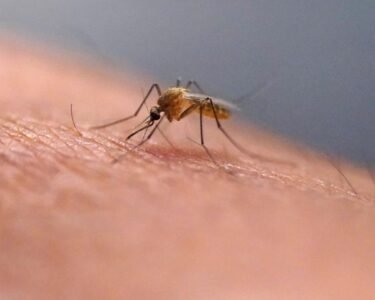A recent outbreak of Legionnaires’ disease in New York has left two people dead and 58 infected, according to health authorities. The waterborne illness, caused by Legionella bacteria, spreads through contaminated water systems and primarily affects older adults and those with weakened immune systems.
What Is Legionnaires’ Disease?
Legionnaires’ disease is a severe form of pneumonia caused by inhaling water vapor or mist contaminated with Legionella bacteria. It is not transmitted from person to person.
The bacteria thrive in warm water environments—typically between 20°C and 50°C (68°F to 122°F)—and are commonly found in:
- Cooling towers of air conditioning units
- Hot tubs and spas
- Showers and faucets
- Decorative fountains
- Plumbing systems in large buildings
- Even windshield wiper fluid tanks when filled with plain water
Origin and Recent Cases
The disease was first identified in 1976 after an outbreak at an American Legion convention in Philadelphia, which killed 29 people. In this recent New York outbreak, clusters were reported in Harlem, where at least one person died and over 20 others fell ill.
Hospitals and healthcare facilities are also at higher risk if contaminated water enters patients’ lungs during procedures.
Symptoms to Watch For
Symptoms usually begin 2–10 days after exposure and may resemble the flu at first. They often include:
- High fever and chills
- Muscle aches
- Headache
- Persistent cough
- Shortness of breath
- Chest pain
- Fatigue or confusion
Unlike Pontiac fever—a milder form of legionellosis—Legionnaires’ disease attacks the lungs and can be fatal in 5–30% of untreated cases.
Who Is Most at Risk?
Certain groups are more vulnerable, including:
- Adults over 50 (accounting for 75–80% of cases)
- Smokers and former smokers
- People with chronic lung conditions
- Individuals with diabetes, cancer, or weakened immune systems
- Men, who represent about 60–70% of reported infections
Diagnosis and Treatment
If you experience flu-like symptoms—especially a persistent cough, fever, or difficulty breathing—seek medical attention immediately. Diagnosis usually requires urine tests or lab analysis of sputum (phlegm). Chest X-rays may reveal pneumonia but cannot confirm Legionnaires’ alone.
The condition is treated with antibiotics and often requires hospitalization.
How to Prevent Legionnaires’ Disease
Preventing outbreaks hinges on strict water management:
- Hot water systems: Maintain temperatures above 60°C (140°F)
- Cold water systems: Keep below 20°C (68°F)
- Cooling towers: Clean and disinfect regularly; install drift eliminators
- Pipes: Flush weekly to prevent stagnation
- Domestic care: Clean showerheads, and avoid filling wiper fluid tanks with untreated water
Although no vaccine exists, citywide efforts—like New York’s mandate to test and disinfect all cooling towers within 24 hours of a positive result—have helped contain recent outbreaks quickly.
Image Source: Google
Image Credit: Respective Owner




